Recalling her own disturbing adolescent experiences, Eva O’Leary turned her lens on the female students in her college hometown, allowing them to challenge the social expectations


Recalling her own disturbing adolescent experiences, Eva O’Leary turned her lens on the female students in her college hometown, allowing them to challenge the social expectations
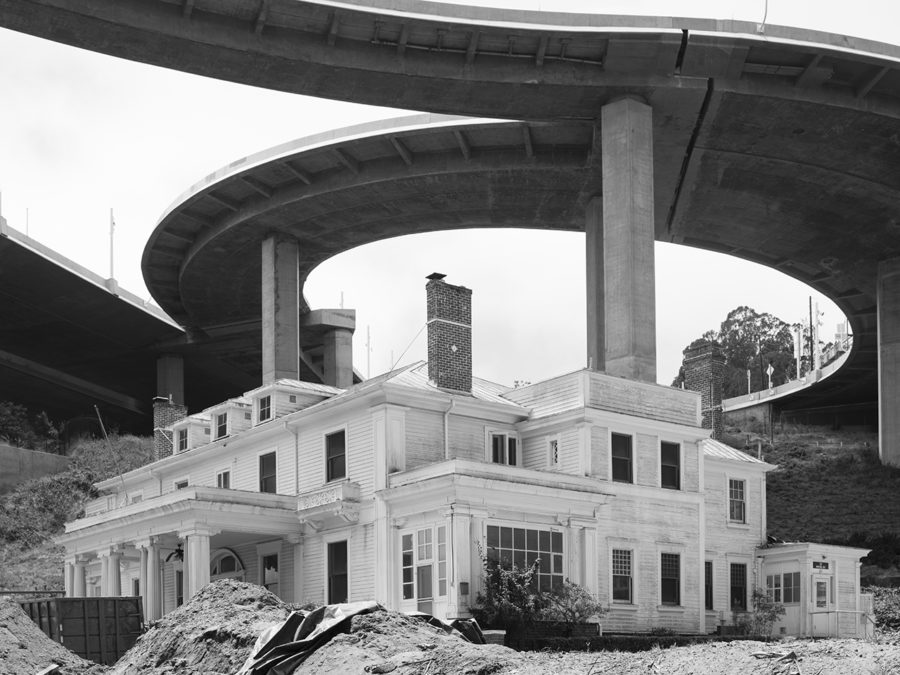
After living in the city since the 80s, Plumb’s new book gathers snapshots of walks around the neighbourhood as she grappled with the unsettling disillusionment and shortcomings of the social landscape

Massao Mascaro’s Sub Sole is ambitious in its far-reaching subject matter, weaving together narratives around “European culture, mythologies, southern Europe, and migration”
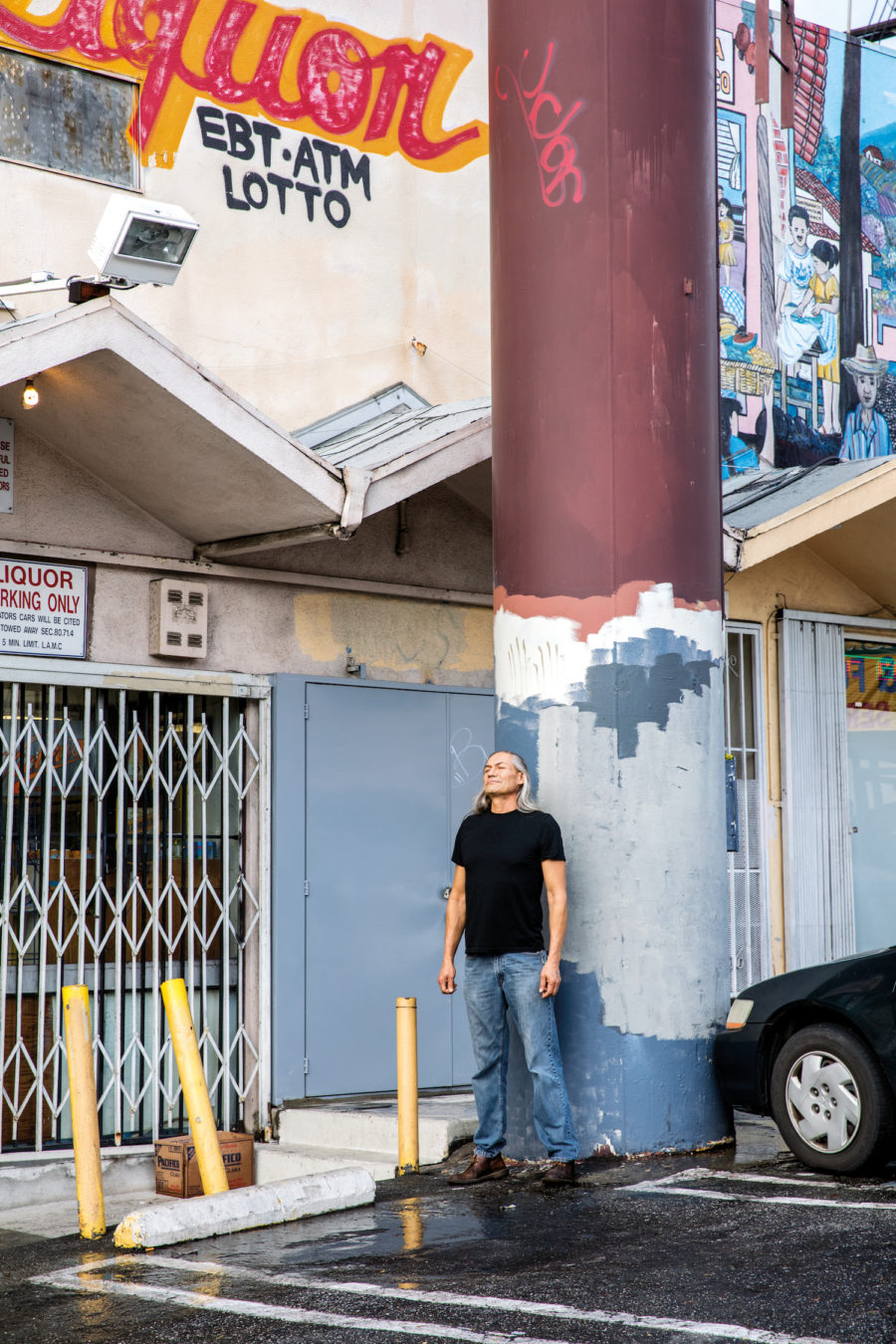
Driven by a desire to “do everything differently”, in 2017 Davis dropped his ongoing projects and spent two years travelling to Los Angeles, resulting in an expansive monograph published by Aperture
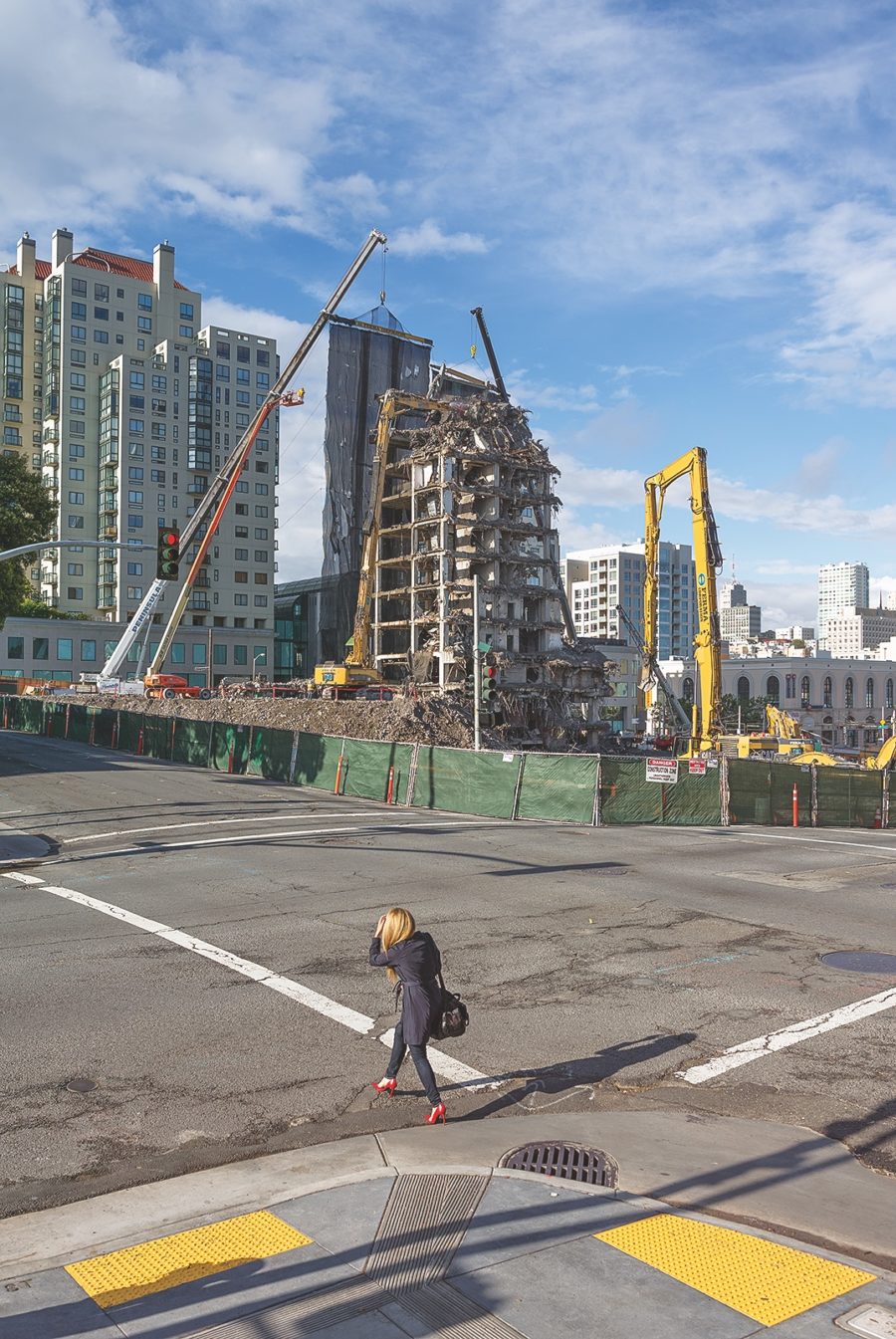
Writer and associate director at Pier 24, Allie Haeusslein guides us through the artistic highlights of the shape-shifting city
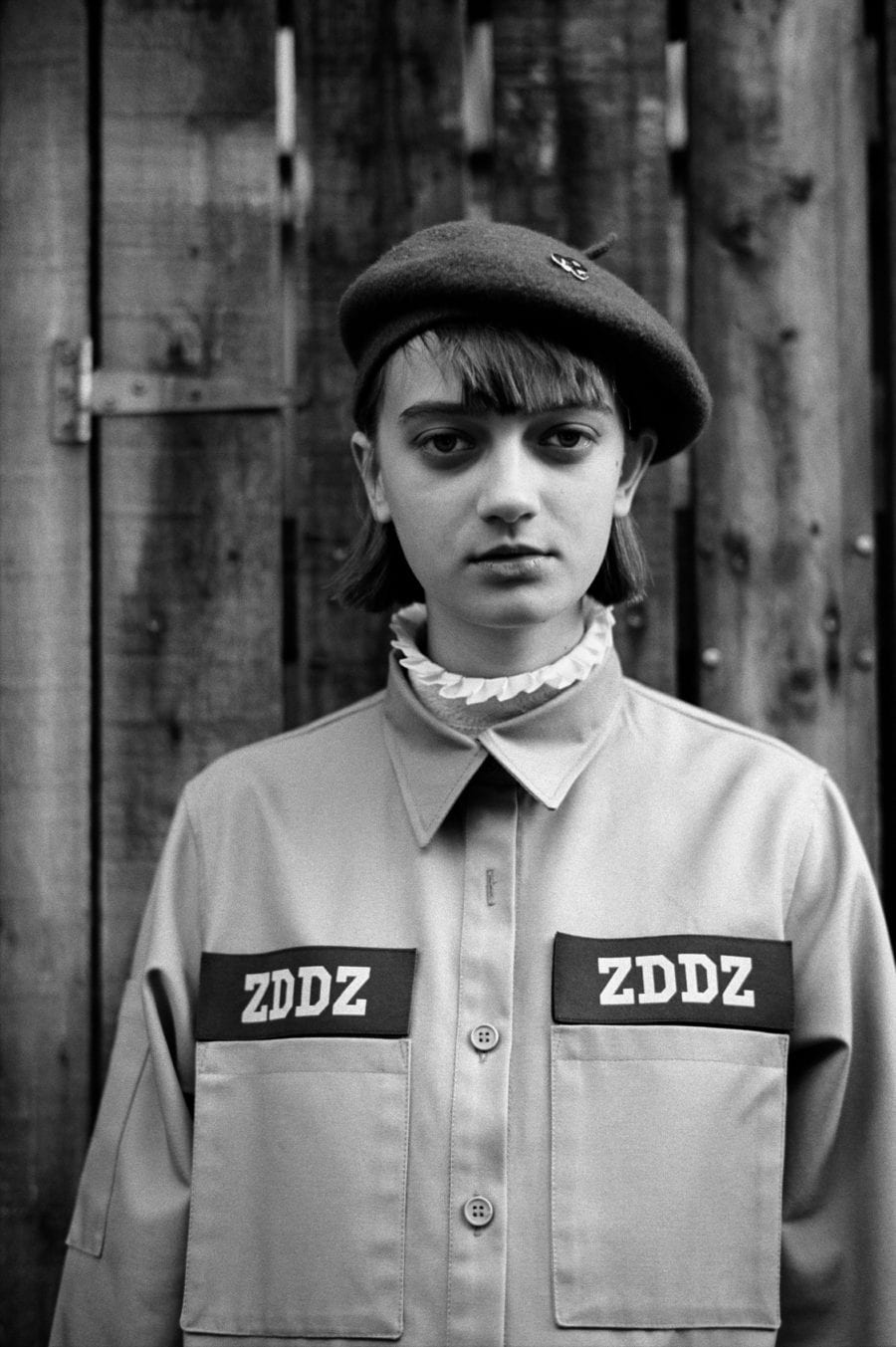
Pairing extracts of pages from her personal diaries with portraits of young women in their teens, the American photographer paints a candid picture around the complexity of growing up.
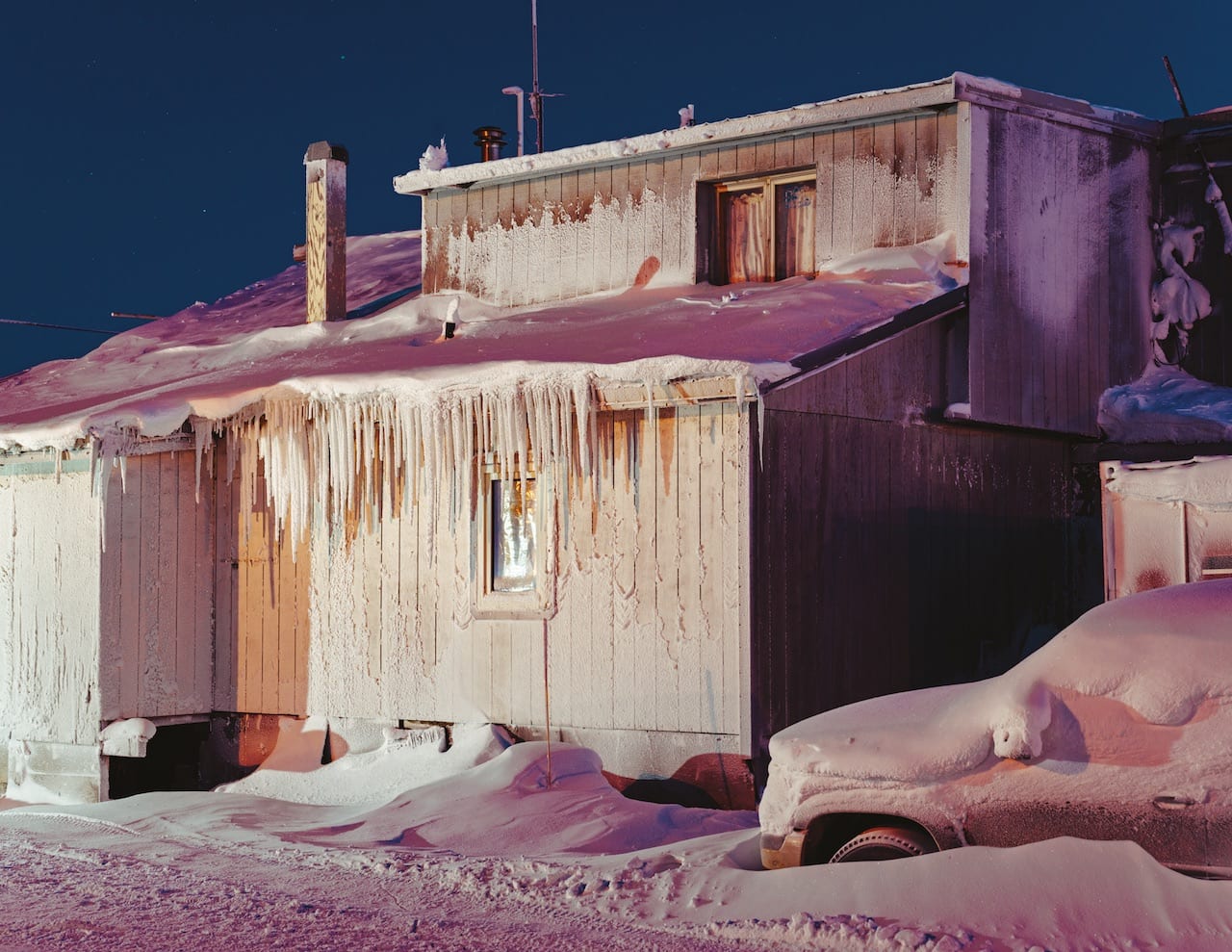
An Arctic town plunged into darkness for two months of the year, and known as “ground zero for climate change”, provided Mark Mahaney with the impetus for his first personal project.
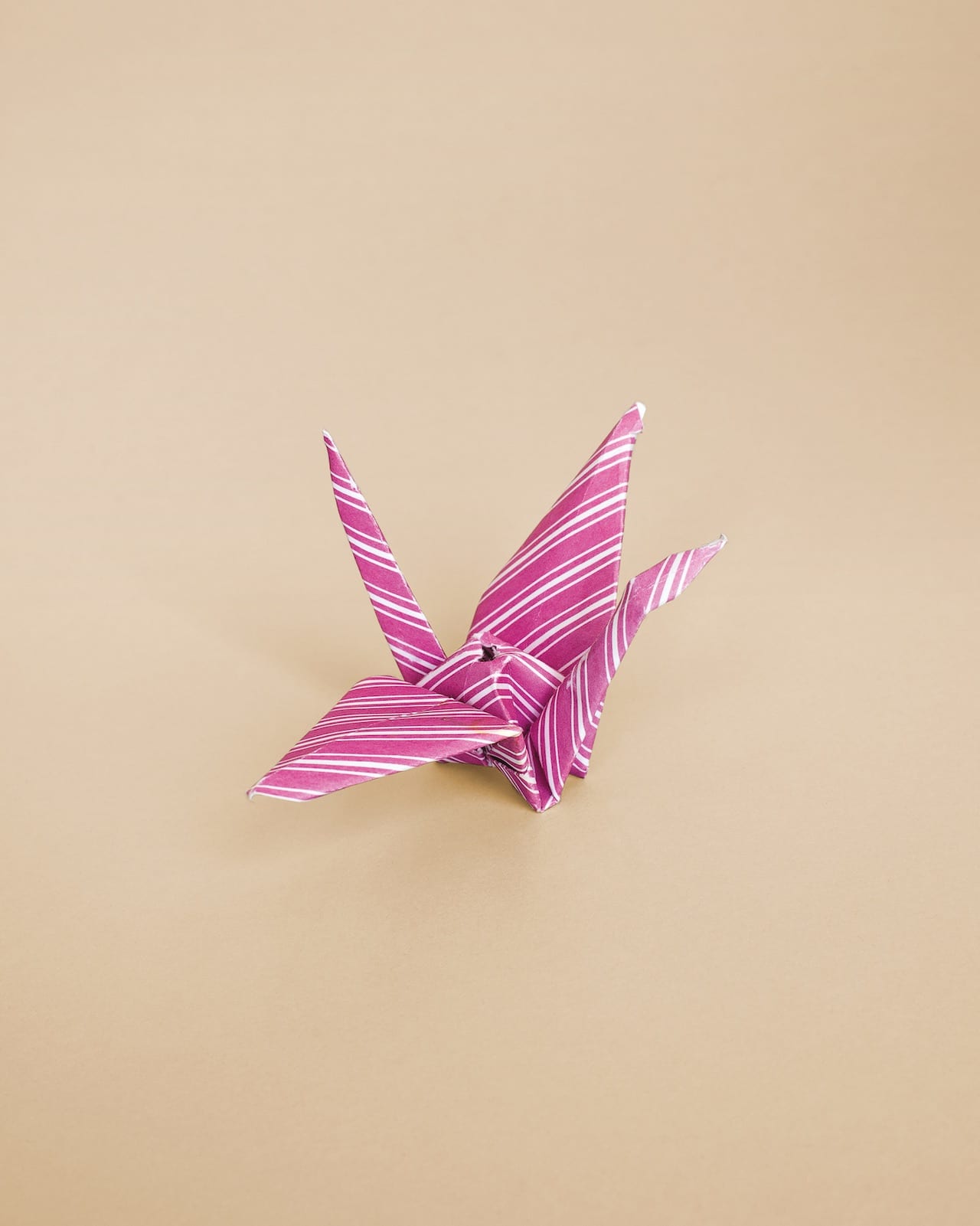
Visiting seven sites of mass shootings, Andres Gonzalez considers the ways that communities grieve and recover from events that shatter their lives